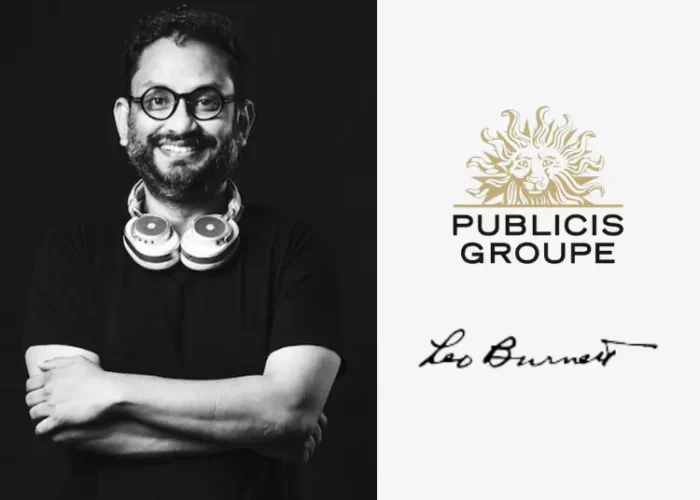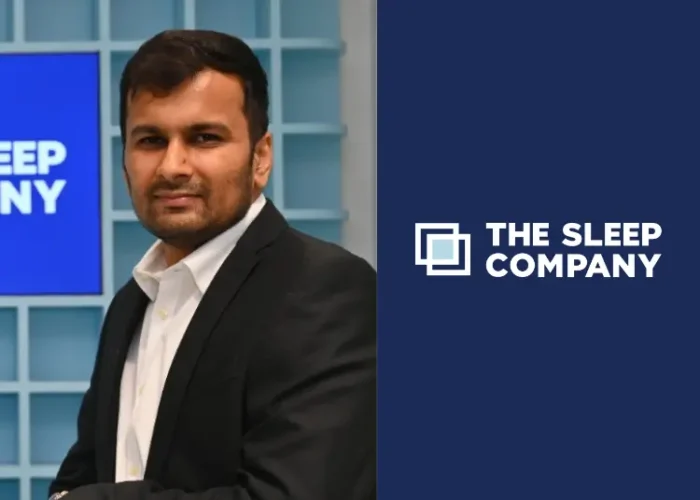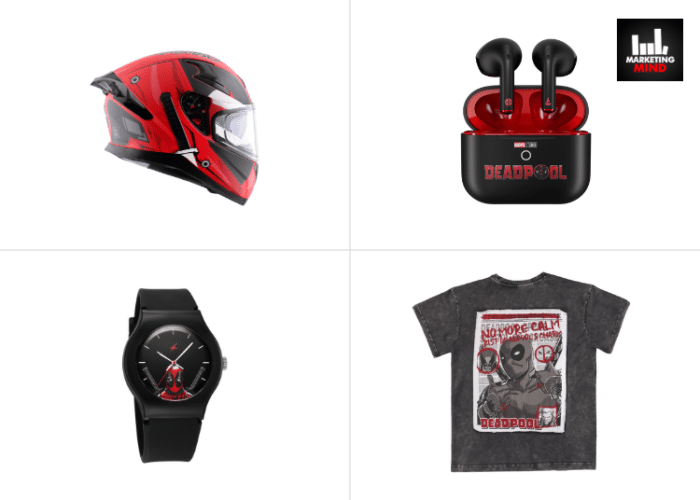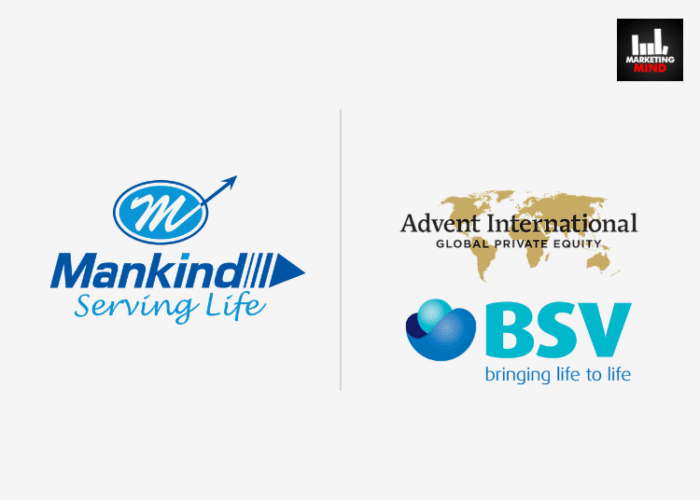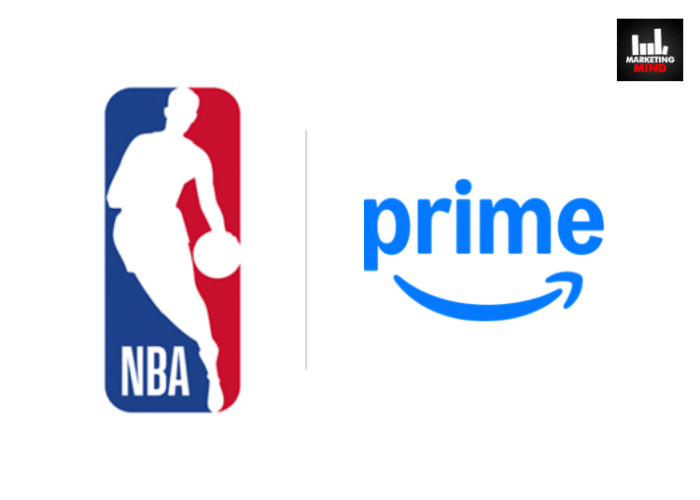In the past couple years, if there’s one thing that has got most marketers worried, it’s the fragmentation of mediums with the growth of digital media because unlike the yesteryears there are no fixed traditional mediums which one can use to reach their target audience today.
Taking to the stage for a panel discussion organised by Market Research Society of India, several industry leaders such as Amit Adarkar, CEO, IPSOS India; Jasmine Sachdeva, Managing Partner, Wavemaker India; Muralidhar Salvateeswaran, Chief Operations Office, Insights APAC, Kantar; Rajiv Dubey, Head of Media, Dabur India; Vivek Malhotra, Group CMO, India Today Group and Vinay Virwani, Head- Consumer Insights, Dabur India, opened up on how are they navigating the fragmented media landscape and the constantly changing consumer preferences and behaviour.
The same was moderated by Shuvadip Banerjee, Chief Digital Marketing Officer, ITC and General Secretary, MRSI.
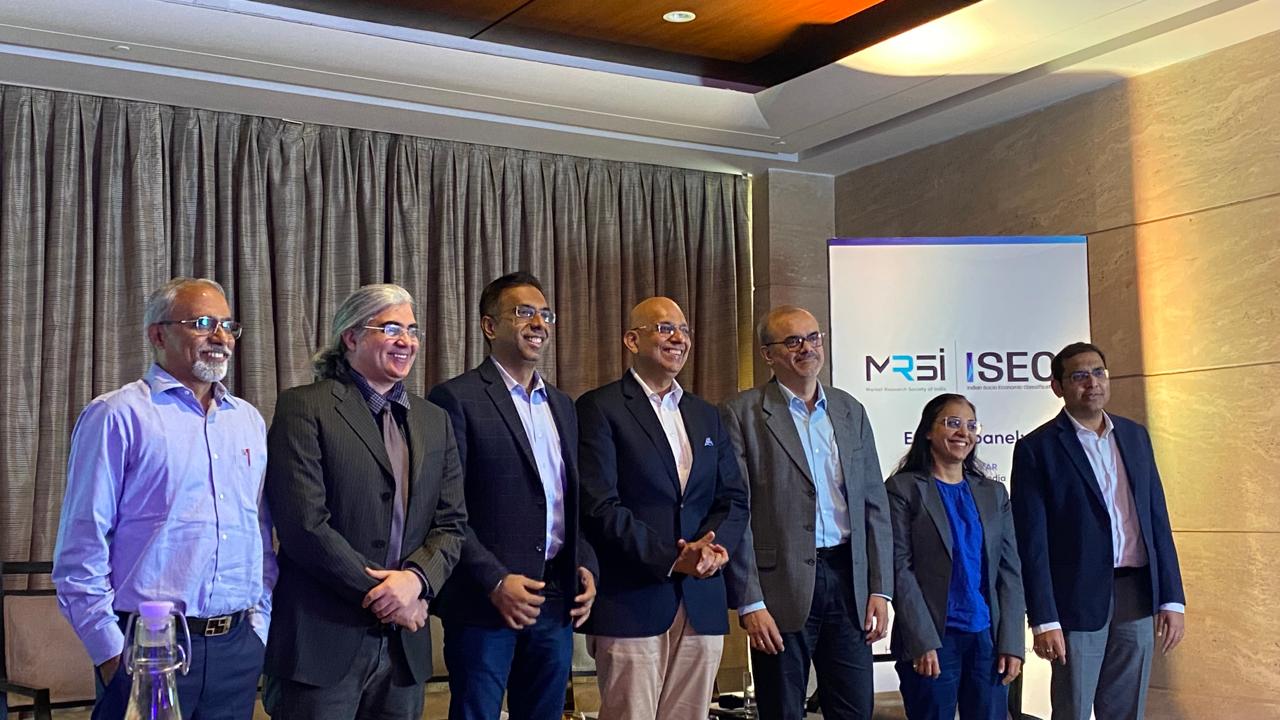
Kickstarting the discussion, Banerjee asked the marketers as to how they have seen the proliferation of media in their experience and how they are traversing the modern ad land which seems to be a highly complex space.
Sharing her views on the same, Wavemaker’s Sachdeva concurred that as compared to the previous years, marketing has definitely become more complex in the current times because unlike the yesteryears, today a brand cannot say that it has met everybody via including 20 channels in their media mix.
“Earlier on, we could get the same guy and growth by resorting to certain fixed parameters for targeting. But today, it has all changed because in the modern day and age, we are dealing with somebody who has so many more choices and therefore there is a need to reach out to them differently. In the past couple years, what has also changed is not just the media consumption but also the advertising receptiveness of the audience,” she said.
To this, IPSOS India’s Adarkar added that what advertisers miss out noticing today is that the country’s demographics have also changed for India is no longer a nation with 70% of people staying in villages with a certain level of affluence!
“In the last five years, and perhaps the next five, there is a huge demographic change that the country is undergoing. And to that extent, when we go and talk to people as consumers or customers, it is also worth noting as to what has been the changing roleplays within a household, the relative roles men versus women and how the decision making is happening at the household level,” he opined.
Agreeing to Adarkar’s POV, Dabur’s Dubey also pointed out that even though the demographics, people’s habits and the entire media landscape has changed over the years, the constant goal of a business, i.e- growth, has remained constant. He also underscored the critical nature of a saturating market and difficulties that come with it.
“If you look back in the early 90s, the penetration of oral care products like toothpastes was about 60-65% and that has reached about 99% today. And a similar thing has happened in categories such as hair care products because today there’s a saturation happening in various categories which is why the challenges of growth are immense. But that is only one side of the business, the second is the growing complexities in media as there are so many ways that one can use to target the same consumer,” he said
Sharing his take on the matter, India Today’s Malhotra also emphasized that being in the domain of media, what holds utmost importance for him is the single single view of the customer and that is precisely something which, in his views, is becoming more elusive with each passing day.
“Earlier on, it was just cracking radio, newspaper and television was what marketing was about. But today, the dynamics have changed in such a way that when one thinks that he or she has cracked the consumption pattern on YouTube, there’d suddenly be another medium on the rise, say a WhatsApp channel and people will start following it. Hence, having a one view of the customer- Omnichannel, is still an extremely far fetched dream and the biggest challenge,” he said.
Concurring with the marketers who presented their views before him, Kantar’s Salvateeswaran shared the opinion that let alone complexity of marketing mediums, what’s becoming all the more complex today is the consumer itself and the way they make decisions today as things are no longer linear and the way their choices for one category could be completely different from another.
“It is because of this multilinearity and changing customer choices from category to category that one can’t bucket them into being a premium customer or a mass customer. They can be premium for some category which is of relevance for them, but it could be a mask as well,” he remarked.
Adding to Adarkar’s point, Dabur’s Virwani drew attention to the impact of mass customization because of the presence of e-commerce and D2C players and how the same opened paths for ecosystems with differentiated targeted products.
“Earlier on, when it came down to TV as a medium, we couldn’t really sharp target people and then came cohort targeting which simplified that. But today, with the coming of newer generations like the GenZs and Gen Alpha, suddenly things like sustainability, recycling and other value based aspects have become significant, and hence the key challenge today is to ensure how do we as a company do all of this and at the same time, remain profitable and maintain a bottom line growth,” he said.
Upon being questioned as to how are today’s marketers going about targeting and segmenting large segments of consumers and what are the success stories that they see therein, he replied that while the classical segmenting method included taking into consideration the factors such as propensity to buy and how much can the consumers afford out of that.
“But apart from that, what seems to be working for us is that, for example when we look at the category of healthcare, taking into consideration the consumer’s behavior and understanding whether they are inclined towards, say for example more health activities, we know that they are likely to be the consumers for a health supplements, and that behavior-based targeting is something that has worked for us very well,” he said.
With this, he also added that the other parameter that works for Dabur is taking into consideration the lifestage of the consumer.
Adding to this, Kantar’s Salvateeswaran highlighted the significance of exploring new market segments in order to identify ideal customers whilst acknowledging the influence of evolving consumer behavior.
“When one talks of profitable growth segments, it’s also important to identify what the new space is wherein one can profitably grow. In my opinion, this can be around evolving needs and layering that with behavior, lifestyle and other variables. Speaking for a POV where we focus on new spaces for brands, particularly which have reached high levels of penetration, I believe we can focus more on how to drive more volume from more locations,” he said.
Adding on to this, Wavemaker’s Sachdeva also opined that once a marketer has considered all the relevant parameters for the brand’s audiences’ demographics and psychographics, what is important to also identify is where would the growth come from- whether it will be increased consumption or increase in penetration.
“The brilliance of digital data today, especially first party data, is that it helps one get their segmentation in place and that followed by other open data sources and APIs help one in becoming more deterministic of the need gap. Open APIs layered with all the static data that one has and digital first party data together help one better segment their audiences,” she stated.


